More and more state governments are legalizing cannabis and cannabis products, including the now-famous CBD flower. And thanks to its medical benefits, the CBD flower is quickly becoming the most sought-after part of the marijuana plant.
But what exactly is a CBD flower? Where does it come from? And how can you use it to “cure what ails you”?
In this article, the all-things-cannabis experts at Budcargo will tell you everything you need to know about this newest ganja craze.
CBD Flower: The CBD Part
CBD is the shortened form of the word cannabidiol. Thank goodness for abbreviations ‘cause that’s a mouthful!
CBD is one of a group of naturally occurring chemical compounds called cannabinoids. Sorry, no abbreviation for that one.
THC (whose scientific name — tetrahydrocannabinol — is a real mouthful) is probably the best-known cannabinoid, but others of note are:
- CBG (cannabigerol)
- CBT (cannabicitran)
- CBN (cannabinol)
- CBL (cannabicyclol)
- CBC (cannabichromene)
- CBDV (cannabidivarin)
As of this writing, there are 113 different cannabinoids that each contribute their own part to the psychoactive and medicinal experience of marijuana.
In this article, we’re going to focus on CBD because, well, that’s what you get in a CBD flower.
CBD Flower: The Flower Part
The pièce de résistance of the marijuana plant is the CBD flower (a.k.a. cannabis calyx, bud, or about a hundred other names).
See that “fluffy” thing at the very top of the plant in the picture above? That’s a CBD flower.
It’s where all the benefits lie and is what every grower hopes to harvest a lot of at the end of their ganja-growing adventure.
CBD flowers have three parts:
- Pistils
- Sugar leaves
- Trichomes
The trichomes are where all the action is (they contain the highest concentration of cannabinoids), but the sugar leaves — which don’t look anything like the instantly recognizable fan leaf (or pot leaf) — also contain a fair bit of cannabinoids.
The pistils are the red or orange-colored hairs that protrude from the body of the flower. They don’t contain any usable cannabinoids, so they’re pretty much just decoration.
Where The CBD Flower Comes From
CBD flowers come from the Cannabis sativa plant (which is different from the other two species: Cannabis indica and Cannabis ruderalis).
More specifically, they come from low-CBD strains or from the hemp plants that are used to produce clothing, chemicals, and other industrial products.
Marijuana growers typically focus on crossing strains to create new versions that increase one cannabinoid while decreasing the other.
For example, as you’ll see in the benefits section below, CBD has proven extremely useful in treating many medical problems.
Growers have thus created strains with high CBD and low THC, such as Charlotte’s Web, Harlequin, and Sour Tsunami, to increase the medicinal effects without causing a psychoactive high.
On the other end of the spectrum, growers have created strains that are high in THC and low in CBD to maximize the trip you take. Bruce Banner #3, for example, contains a whopping 29% THC.
We’re not so concerned about those strains here because this article is about CBD flowers, not THC flowers.
CBD Flower Benefits
The CBD in CBD flowers has a wide range of medical benefits. Chief amongst those benefits are its ability to:
- Reduce nausea and vomiting (antiemetic)
- Fight tumor and cancer cells (antitumoral)
- Suppress seizure activity (anticonvulsant)
- Combat anxiety and depression (anxiolytic)
- Mediate psychotic disorders (antipsychotic)
- Temper neurodegenerative disorders (antioxidant)
- Mitigate inflammatory disorders (anti-inflammatory)
In addition, CBD counteracts many of the intoxicating effects of THC, like drowsiness, paranoia, and memory loss. In essence, CBD keeps THC from running amok in your system.
But you don’t have to worry about that if you get your CBD flower from a high CBD/low THC strain. All you’ll get is CBD and the benefits that come with it.
Because of the flower’s long list of medical benefits, you can use it to help treat a wide variety of disorders, including:
- Schizophrenia
- Psychoses
- Epilepsy
- Anxiety
- Depression
- Osteoporosis
- Lupus
- Diabetes
- OCD
- Parkinson’s disease
- Chronic and neuropathic pain
It’s easy to see why this special flower is quickly becoming one of the most sought-after cannabis products on the market.
But once you’ve gotten your hands on a CBD flower, how do you use it and how much should you take? We’ll answer that question in the next section.
Dosage
The right dosage for you depends on a wide variety of variables, not least of which is the way you consume your CBD flower.
Are you smoking it “straight off the vine,” so to speak, in a joint, blunt, spliff, or bong?
Are you ingesting it in an InstaFizzy, InstaMint, or some other type of edible? Or are you getting it in extract or oil form from a dab rig, vape pen, or tincture?
The answers make a big difference in the amount of CBD flower you should take. And then there are other variables to consider, including:
- Your weight
- Your metabolism
- Your diet
- The condition being treated
- The severity of your illness
- Your tolerance to CBD
All of this information affects the dosage that will work best for your unique situation. For help determining how much CBD to take, check out these articles from Honest Marijuana:
- Honest Marijuana CBD Dosage Calculator
- Edibles Vs. Smoking: The Definitive Marijuana Guide
- How To Take CBD: The Complete Guide
- CBD Tincture: Uses, Benefits & Effects
Side Effects
There are very few side effects associated with CBD (in any form). One of the only commonly reported issues is a tendency to experience dry mouth after taking CBD.
But in a world full of treatments with a long list of negative side effects — most of which are worse than the original problem — a bit of dry mouth is a small price to pay to feel better.
Another side effect of the CBD is a decrease in your liver’s ability to process other drugs. For example, if you take a heart medication and add CBD to control your blood sugar, you could be doing more harm than good.
Be sure to talk to a physician about whether CBD is right for your condition.
The Importance Of High-Quality CBD Flowers
The healthiest CBD flower grows naturally — as Mother Nature intended — without the addition of damaging fertilizers, harsh chemicals, or pesticides.
Unfortunately, many growers resort to these methods in an effort to get the largest crop possible. But just because it’s a large crop doesn’t mean that the flowers themselves are good quality.
Fertilizers and pesticides contain harmful chemicals and toxins that remain on the CBD flower in trace amounts after harvesting, drying, and curing. These toxins are not natural and are not supposed to find their way into your body.
But when you smoke, eat, or otherwise consume CBD flowers that have been treated with these damaging fertilizers or pesticides, over time, the toxins build up in your body and cause real problems.
Similarly, some growers spray their plants with heavy metals (such as cadmium, mercury, and lead) and salts in order to provide nutrients for the growing plants and to prevent mineral deficiency.
Just like the toxins and harsh chemicals, trace amounts of these heavy metals and salts stay on the plant after harvesting, drying, and curing and find their way into whatever ganja-based product you take (even external-use products like lubes, creams, and patches).
Not only are these metals and salts potentially dangerous for you, but they are also dangerous for the environment.
Some of these substances mix with the water you use to grow your plants, where they eventually run off into and pollute the soil, rivers, lakes, and oceans of the world.
So think about it for a minute. Would you be comfortable taking a deep breath of a chemical used to wipe out organisms en masse?
Would you be OK swallowing a chunk of metal or salt that, in high enough concentrations, can kill algae, frogs, and small fish?
We certainly hope not.
But, over time, that is exactly what happens when you settle for cannabis products made from low-quality, non-organically-grown CBD flower. You take these substances into your body, where they collect and cause problems down the road.
Protect Yourself From The Risks Of Bad Weed
The best way to protect yourself against the risks of bad weed is to only use high-quality, organic cannabis, like that grown by Budcargo.
Choosing organically grown marijuana that doesn’t rely on harmful fertilizers, heavy metals, or pesticides is a good idea however you consume your pot — whether that’s smoking, eating, popping a pill, or rubbing it on your skin.
Remember all cannabis products come from the cannabis plant in one way or another. It doesn’t matter which form you choose; if the grower used chemicals to treat the plant, traces of those chemicals may remain in the product you take.
You can avoid this issue entirely and experience cannabis the way it was meant to be with the best products on the planet from Honest Marijuana.
For more information on all things cannabis and to check out our 100-percent all-natural marijuana products, visit Budcargo.ca today.
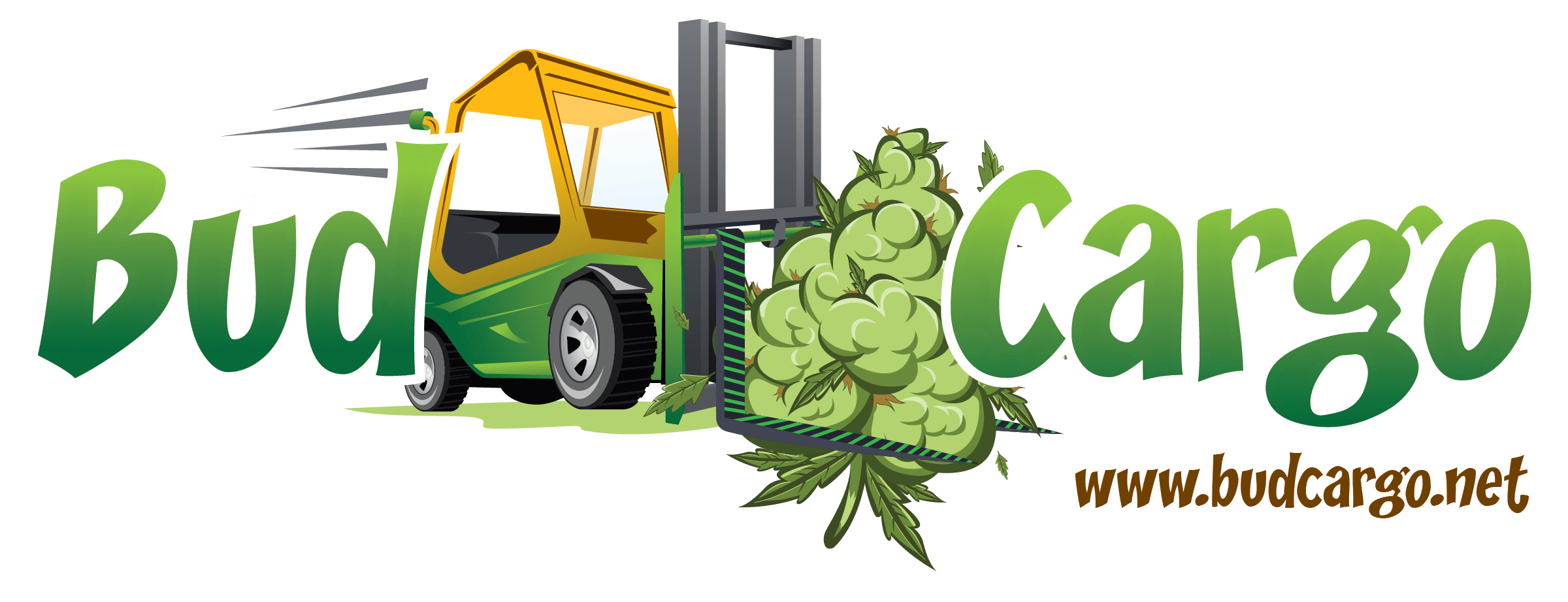
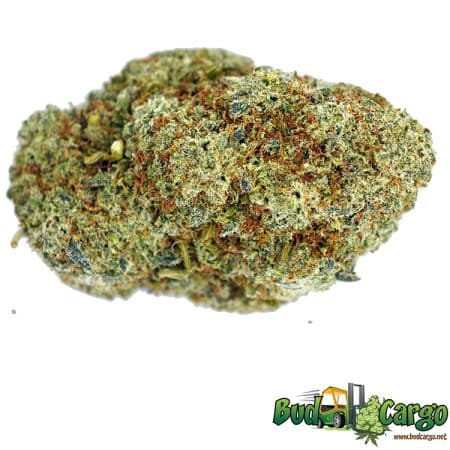
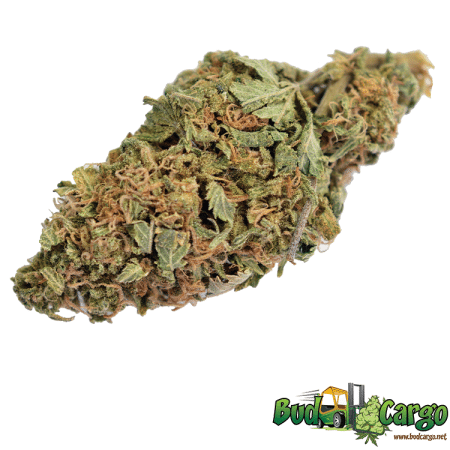
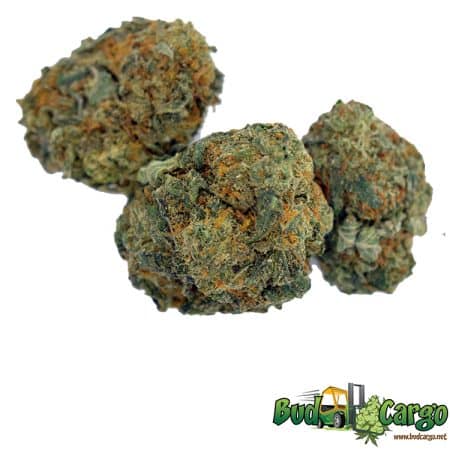
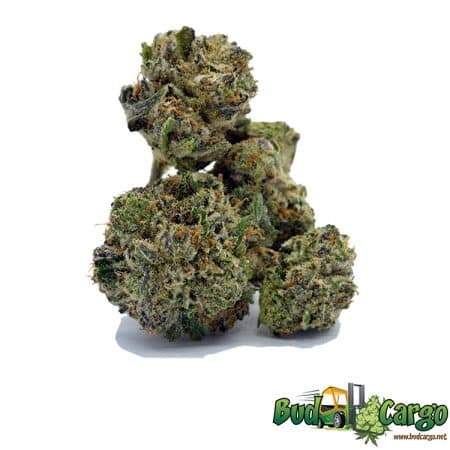
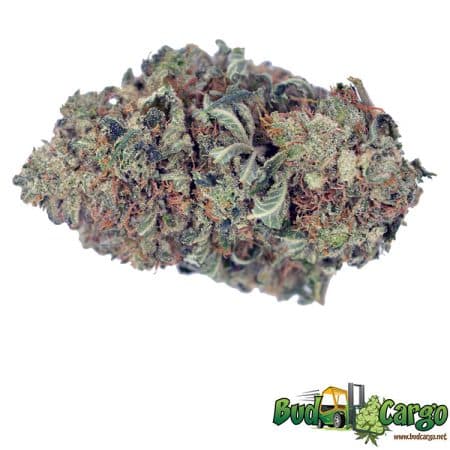
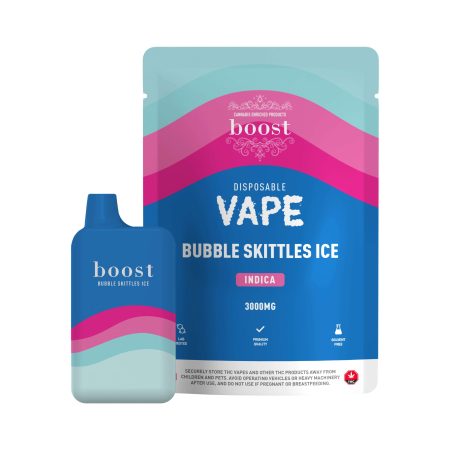
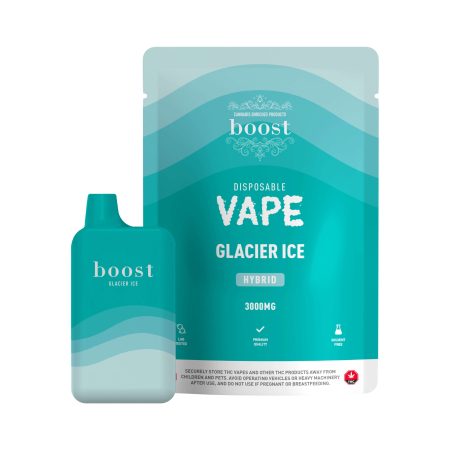
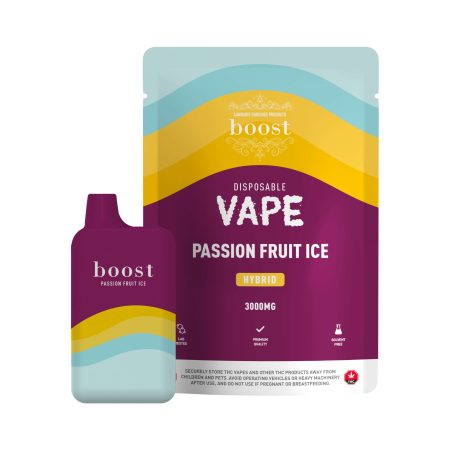
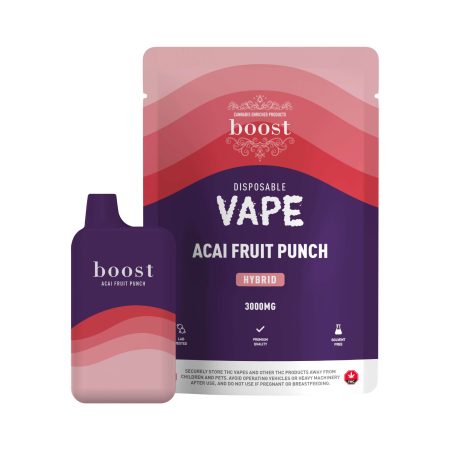
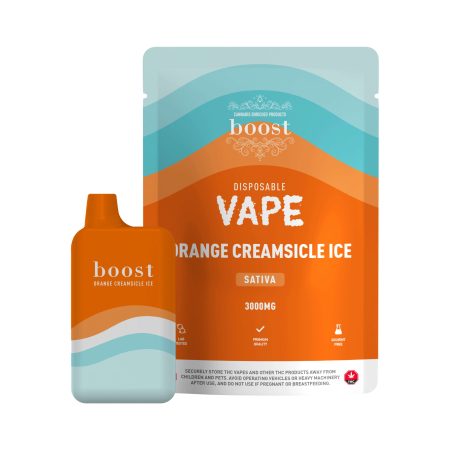
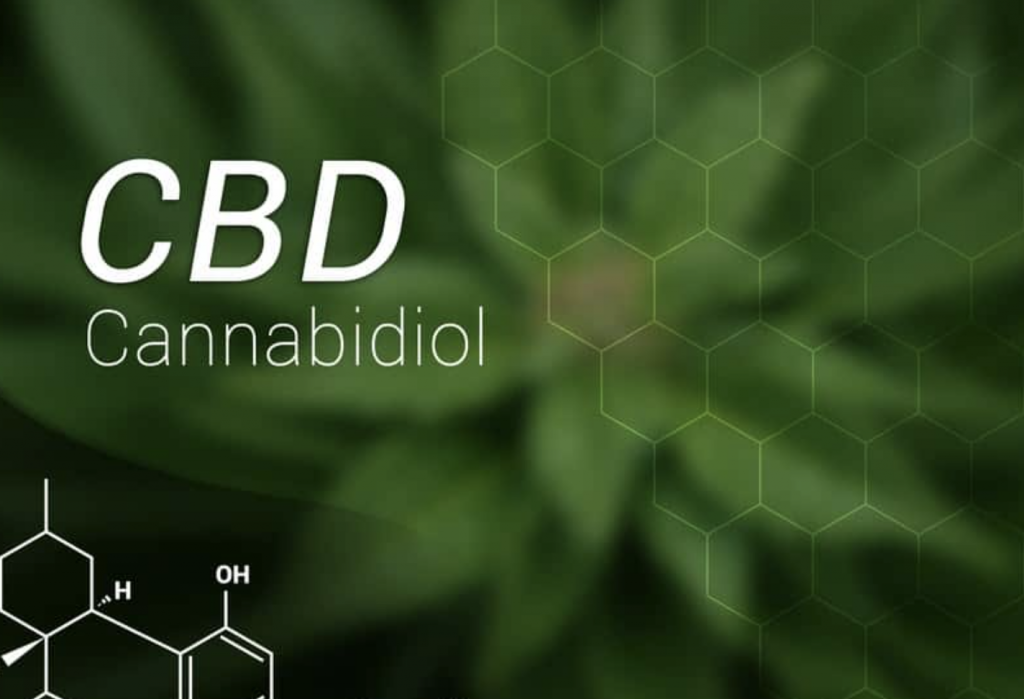







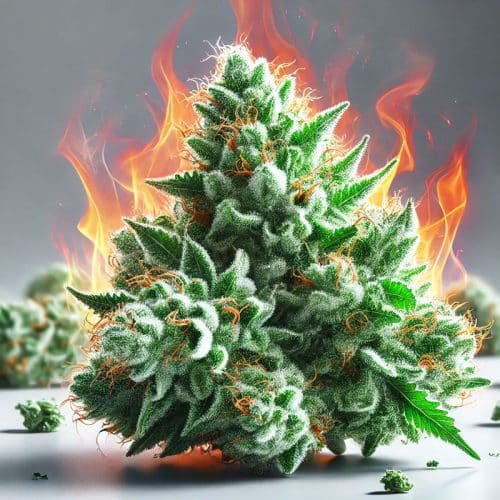
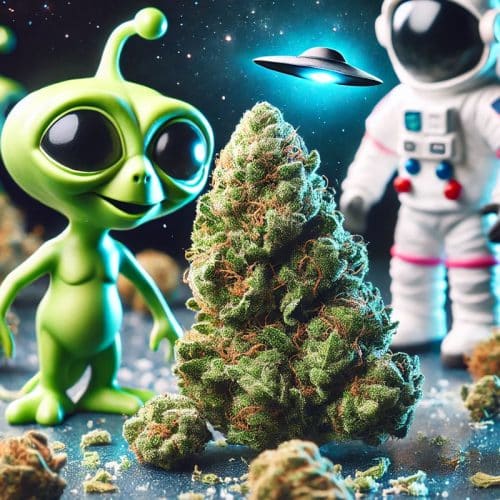

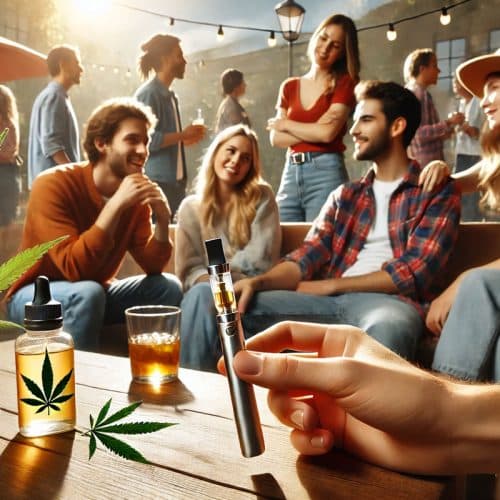
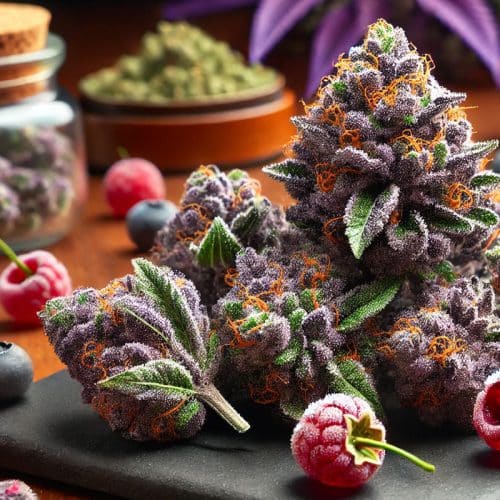
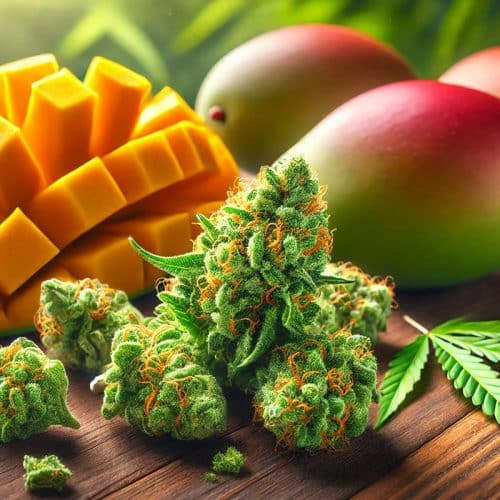




You must be logged in to post a comment.